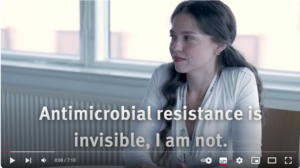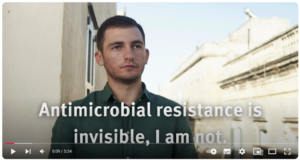WAAW 2024 Campaign

The theme for the World AMR Awareness Week (WAAW) 2024 is “Educate. Advocate. Act now.” This theme was chosen based on feedback from an online survey among stakeholders from the human, animal, plant, and environmental health sectors, which collected nearly 200 responses globally. Antimicrobial resistance (AMR) is a pressing global health and socioeconomic crisis. It has significant impacts on human and animal health, food production and the environment. Drug-resistant-pathogens pose a threat to everyone, everywhere. Yet, much more can be done to raise public and stakeholder awareness. Therefore, this year’s theme calls on the global community to educate stakeholders on AMR, advocate for bold commitments and take concrete actions in response to AMR. The 2024 UNGA High-level Meeting on AMR and the fourth Global High-Level Ministerial Conference on AMR, for instance, provide a critical window of opportunity for political and financial commitments as well as increased accountability in response to AMR. Stronger political leadership, advocacy and accountability are needed at all levels and the time to act is now. Immediately ahead of WAAW 2024, the Kingdom of Saudi Arabia will host the 4th Global High-Level Ministerial Conference on Antimicrobial Resistance, which will facilitate the implementation of the commitments outlined in the political declaration approved at the 2024 UNGA High-Level Meeting on AMR
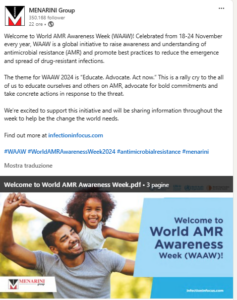
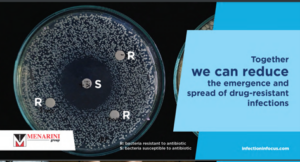

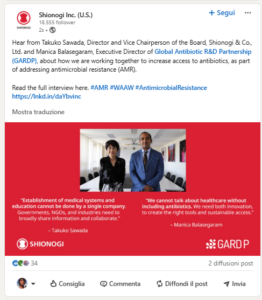
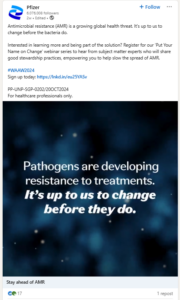

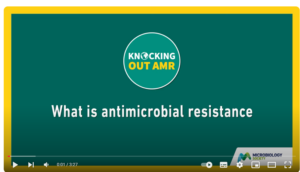

The Roadmap on antimicrobial resistance for the WHO European Region 2023-2030 aims to help Member States identify, prioritize, implement, and monitor high-impact interventions to tackle antimicrobial resistance (AMR). Organized around an AMR Compass, it identifies five action areas and six enablers, each with high-impact interventions. The comprehensive resource guide provides context, evidence, and resources to support implementation, including 53 interventions and personal stories from Member States and stakeholders.

Since 2021, G7 Finance and Health Ministers have reinforced their commitment to accelerating antimicrobial resistance (AMR) strategies, addressing the antibiotic pipeline and market failure, preserving access to essential antibiotics, and enhancing research and development (R&D) to bring new antibacterials to market, particularly for the vulnerable populations most impacted by AMR. The Global AMR R&D Hub and the World Health Organisation (WHO) presented a progress report to G7 Health and Finance Ministers in May 2022, with an update in 2023.The current report provides an annual update on the financial landscape for antibacterial innovation, tracks country-by -country progress, and outlines key actions for the coming year to support G7 policy and activities.

Join Beat the Bug, a campaign calling young people, parents and educators to beat antimicrobial resistance (AMR). Through a unique gaming journey, we arm the next generation with the knowledge and tools to combat superbugs and safeguard global health. Accept the challenge!
Rise up and beat the resistance!
In a world filled with trillions of crafty villains called microbes, doctors armed us with antimicrobial drugs. But these microbes are evolving, resisting our medicines. It’s up to us to fight back. Spread the word, not the germs. Use medicine wisely. Keep clean. Stay sharp. Stick together.

Here’s what people expect to happen when they are prescribed an antibiotic:
- They take the drug.
- They get better.
But this smooth path from sick to healed, bridged by the powers of antimicrobials, is quickly becoming a rocky one. Thanks to antimicrobial resistance (AMR), health care practitioners may try a handful of drugs before they find one that works for a patient—if they can find one. The patient may ultimately die from an infection that, not long ago, was entirely preventable. It’s a dire picture that is becoming increasingly common. Over the next 25 years, an estimated 39 million people are expected to die from drug-resistant pathogens alone. That’s over 5 times the number of deaths from COVID-19 in the last 4 years and yet, for all the devastation, AMR is largely absent from public consciousness. It’s a fraction of a blip on the day-to-day radar. In fact, AMR is routinely called “the silent pandemic” because of the way it lurks, relatively unnoticed and underdiscussed, while wreaking havoc and claiming lives. “The numbers are there,” said Anirban Mahapatra, Ph.D., Editorial Director of ASM Journals and author of When the Drugs Don’t Work: The Hidden Pandemic that Could End Modern Medicine. “[AMR will cause] an economic catastrophe. It will kill more people than COVID at its height. But why are people not talking about it?”. “In other words, how can something so big be so quiet? And how can we turn up the volume?”

